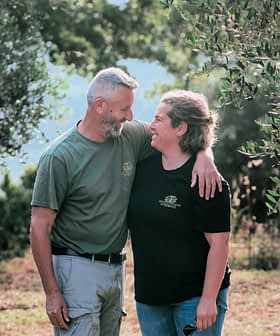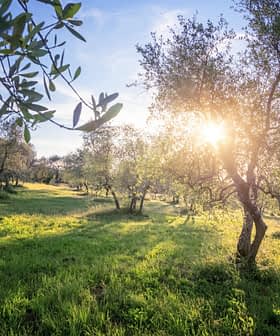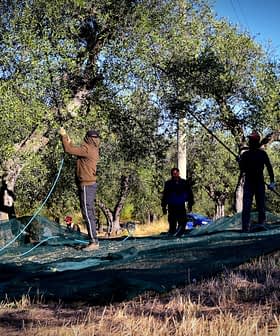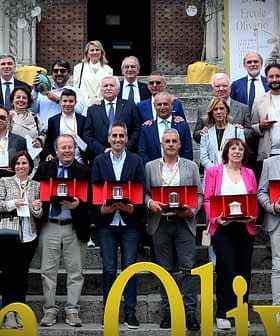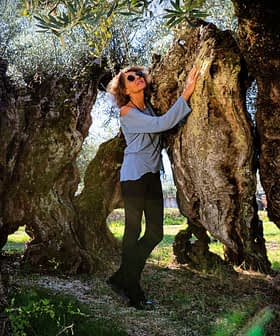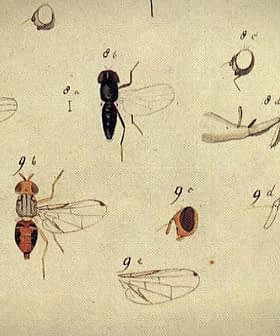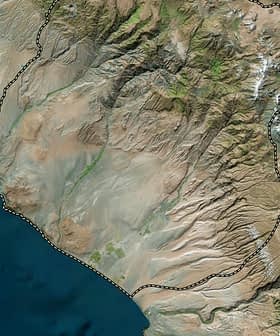A Harvest to Forget
The 2014 olive harvest in Umbria has been severely impacted by an infestation of olive flies, resulting in reduced oil production and many frantoi not operating at full capacity. Growers are now considering whether to wait for weather conditions to improve or take active steps, such as using chemical sprays, to prevent another disastrous year.
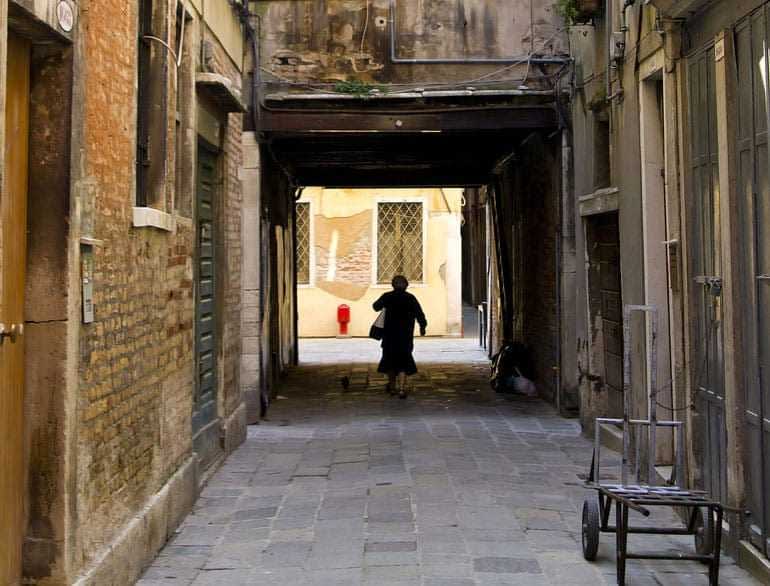
2014 has been a year to forget for most olive growers in Umbria.
This part of central Italy is famous for its quality oils from olives grown on stony hillsides. The combination of poor soils and high altitude mean the oils are packed with flavor. Winters are severe and summers hot — a combination that does not favor the olive fly (Dacus oleae) in most seasons.
A failure to provide a timely warning and advice on suitable control measures
2014 has been an exception and the olive fly has caused havoc in Umbria. Many growers have not picked their olives and others have conducted an early salvage picking before the olives drop on the ground but these olives have produced as little as half of their usual oil percentages.
As many as half the frantoi (olive crushing plants) in Umbria have not opened at all. The others are open for a few hours a day instead of the frantic 24/7 operation that is normal during harvest. I have never seen our local frantoio so deserted in my 24 years of olive growing in Umbria. Those frantoi lucky enough to have good quality oil have increased their prices “at the mill door” by 75 percent.
One frantoio owner I spoke to expressed fury at the failure of the regional agricultural advisory service and that of the olive growers’ association to provide a timely warning and advice on suitable control measures. They seem to have been caught by surprise as much as the growers.
See Also:Complete Coverage of the 2014 Harvest
Other parts of Italy where severe olive fly infestations are common have developed better monitoring and control procedures. Integrated pest control can be effective. Fly numbers are monitored using a few pheromone baited traps. If fly numbers reach infestation levels cheaper ammonia baited traps are used on a large scale to control the fly population.
The flies lay their eggs on the olives. The larvae hatch in the olive and consume a large part of the fruit. Just as serious as the loss of oil is the effect on flavor. The breathing hole of the larvae allows fungus spores to enter, grow in the fruit and impart a moldy taste to the oil. Black mold has been common among olive groves infested with fly and this has meant the abandonment of affected fruit.
While the weather conditions have favored the development of the olive fly, there has also been an unusual incidence of hail in spring and summer which decimated some crops.
Growers are now considering what they should do next year. Should they wait for weather conditions to return to normal and reduce the the fly population or should they take active steps to prevent another disastrous year?
The question of chemical sprays has become one that olive growers will have to confront. Only a minority of growers have applied for formal organic status but the remainder are reluctant to use large amounts of chemicals at a time when consumers are increasingly anxious about health risks from sprays.
There are methods of trapping flies without spraying but can the advisory services act quickly enough to establish an effective monitoring program? The knowledge of the system needs to be disseminated among growers as rapidly and effectively as possible.
Umbria and Tuscany olive growers produce some of the best olive oil in the world and we expect that next year will again result in ample supplies and fully employed frantoio. The economic consequences of this years failure will be significant, and a bumper year will be needed to compensate for the disaster.



